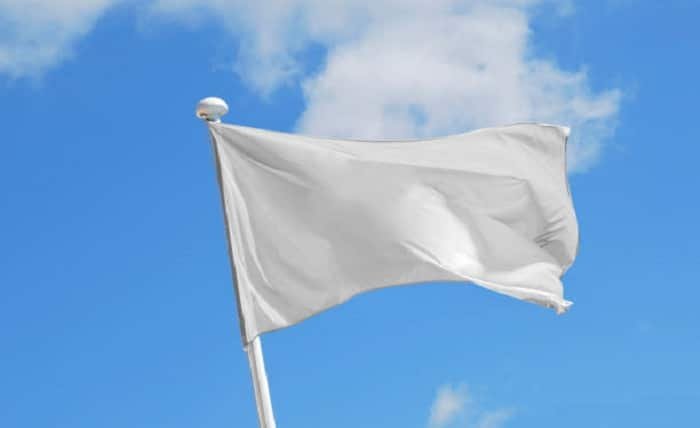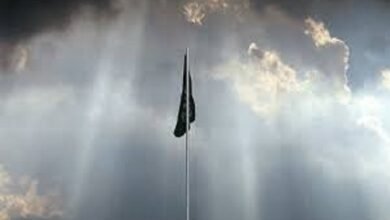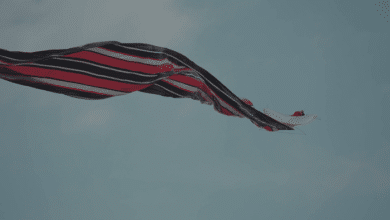Flag Waver Holds a Special Place in Various Cultures and Traditions

Introduction to the Flag Waver
A flag waver holds a special place in various cultures and traditions, symbolizing unity, passion, and a shared cause. The flag waver’s role, whether in sports, political rallies, or ceremonial events, is to inspire and galvanize a group of people. The flag waver’s presence is a powerful visual representation of support and dedication, making them an integral part of many events. This blog post will delve deep into the significance of a flag waver, their history, and the various contexts in which they play a crucial role.
The Historical Significance of the Flag Waver
The concept of a flag waver dates back centuries, where the flag waver was often seen on battlefields, rallying troops and symbolizing hope and perseverance. The flag waver in ancient times was a crucial figure, as the flag represented the identity of the army and the cause they were fighting for. Losing a flag in battle was often seen as a significant defeat, and the flag waver was tasked with ensuring that the flag remained visible at all times, regardless of the circumstances.
The Role of a Flag Waver in Sports
In the realm of sports, the flag waver has become synonymous with passionate fan support. Whether it’s waving a team’s colors in a stadium or leading a chant, the flag waver is often at the center of the action, energizing the crowd and boosting the morale of the players. The flag waver’s ability to unify fans and create an electric atmosphere is unmatched, making them a key figure in sporting events.
Flag Wavers in Political Movements
Political movements across the world have often relied on the symbolic power of a flag waver. In rallies and protests, the flag waver represents the collective voice of the people, embodying their demands and aspirations. The flag waver’s role in such events is not just about waving a flag; it’s about making a statement, showing solidarity, and encouraging others to join the cause.
The Symbolism Behind the Flag Waver
The flag waver is more than just a person holding a flag; they are a symbol of unity, pride, and determination. The act of waving a flag can convey powerful messages, whether it’s a call for freedom, a show of support, or a celebration of heritage. The flag waver’s actions can inspire emotions and bring people together, making them a pivotal figure in any event.
The Skills Required to Be a Flag Waver
Being a flag waver requires a unique set of skills. It’s not just about physical strength to hold and wave the flag, but also about timing, coordination, and the ability to read the crowd. A skilled flag waver knows when to intensify their movements to match the energy of the event and when to slow down to create a dramatic effect. The flag waver must also be aware of their surroundings to ensure safety while performing.
The Impact of the Flag Waver on Audience Engagement
The presence of a flag waver at an event can significantly enhance audience engagement. The flag waver’s movements draw attention and can be a focal point that keeps the audience energized and involved. Whether it’s during a crucial moment in a sports match or at a turning point in a political rally, the flag waver’s ability to capture the audience’s attention can influence the overall atmosphere and the success of the event.
The Evolution of the Flag Waver’s Role
Over the years, the role of the flag waver has evolved, adapting to new contexts and technologies. In modern times, the flag waver may also use digital tools, such as LED flags or synchronized movements with music, to create a more dynamic performance. The evolution of the flag waver’s role reflects the changing nature of public events and the continuous search for new ways to engage and inspire audiences.
The Cultural Importance of the Flag Waver
In many cultures, the flag waver is a revered figure, often associated with national pride and cultural identity. Festivals, parades, and other cultural events frequently feature flag wavers, who play a central role in expressing communal values and traditions. The cultural significance of the flag waver is a testament to their ability to represent and uphold the ideals of a community.
Flag Wavers in Ceremonial Events
Ceremonial events, such as military parades or state functions, often include flag wavers as a key element of the proceedings. The flag waver in these contexts is responsible for upholding the dignity and formality of the event, ensuring that the flag is displayed with the utmost respect. The flag waver’s role in ceremonies is a symbol of honor and tradition, reflecting the importance of the occasion.
The Future of the Flag Waver
As we look to the future, the role of the flag waver will likely continue to adapt and grow. With advancements in technology and changes in how events are conducted, the flag waver’s role may take on new forms, incorporating more interactive and innovative elements. However, the core essence of the flag waver – as a symbol of unity, passion, and dedication – will remain unchanged.
Conclusion
The flag waver is a powerful symbol that transcends different contexts and cultures. Whether on the battlefield, in a sports arena, at a political rally, or during a ceremonial event, the flag waver plays a crucial role in uniting people and conveying powerful messages. The flag waver’s ability to inspire, energize, and bring people together is unmatched, making them an indispensable figure in any gathering. As we move forward, the flag waver’s role will continue to evolve, but their significance will remain timeless.
FAQs
1. What is the main role of a flag waver?
The main role of a flag waver is to inspire and unify a group of people by waving a flag, which serves as a powerful visual symbol of support, pride, or solidarity.
2. How has the role of a flag waver evolved over time?
The role of a flag waver has evolved from being a crucial figure on battlefields to becoming a central part of sports, political movements, and ceremonial events, adapting to modern contexts and technologies.
3. What skills are required to be an effective flag waver?
An effective flag waver needs physical strength, coordination, timing, and the ability to engage and read the crowd, ensuring that their movements resonate with the audience.
4. Why is the flag waver important in political movements?
In political movements, the flag waver represents the collective voice of the people, symbolizing their demands and aspirations, and inspiring others to join the cause.
5. What is the cultural significance of a flag waver?
In many cultures, the flag waver is a symbol of national pride, cultural identity, and communal values, playing a central role in festivals, parades, and other cultural events.





